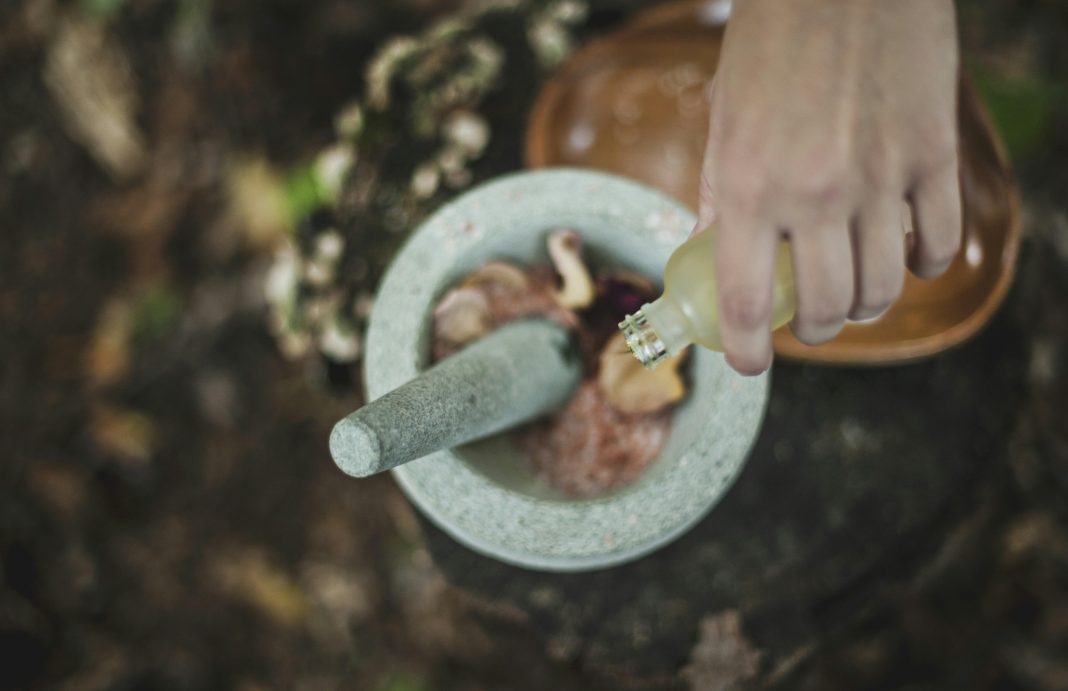In recent years, the gentle allure of aromatherapy has wafted from the confines of holistic spas into mainstream conversations about health and wellness. Once dismissed as merely a fragrant indulgence, this ancient practice of using essential oils to enhance physical and emotional well-being is now under the microscope of scientific scrutiny. As the boundary between alternative and conventional medicine continues to blur, a pressing question arises: Can aromatherapy be considered a legitimate therapy? This article embarks on an exploration of aromatherapy’s aromatic promises, unraveling its historical roots, examining scientific evidence, and contemplating its place in the future of healthcare. Whether you are a skeptic, a believer, or somewhere in between, join us as we delve into the essence of this fragrant phenomenon.
Exploring the Roots and Principles of Aromatherapy
Tracing its origins back to ancient civilizations, aromatherapy has been intertwined with holistic healing practices for thousands of years. From the Egyptians’ use of aromatic oils in religious rituals and embalming processes to the Greeks and Romans harnessing these fragrant essences for medicinal and cosmetic purposes, the historical tapestry of aromatherapy is rich and varied. Essential oils were believed to carry not only the scent but also the spirit of the plants, bestowing both physical and spiritual benefits upon those who used them.
The principles underlying aromatherapy center around the holistic approach to health, emphasizing the interconnectedness of body, mind, and spirit. This practice leverages the power of plant-derived essential oils, which are thought to influence the limbic system—the brain’s center for emotions and memories. Aromatherapy’s guiding tenets include:
- Balancing the body’s energy to promote natural healing processes.
- Enhancing emotional well-being through sensory stimulation.
- Supporting physical health by utilizing the therapeutic properties of plants.
While scientific validation continues to evolve, the time-honored principles of aromatherapy persist, inviting exploration and integration into modern wellness practices.

The Science Behind Essential Oils and Their Effects
The allure of essential oils lies in their complex chemical composition, which can have a variety of effects on the human body and mind. At the heart of these oils are volatile compounds that interact with our olfactory system. When inhaled, these compounds travel to the limbic system, a region of the brain associated with emotions and memory. This connection is why certain scents can evoke strong emotional responses or even trigger memories. Research suggests that aromatherapy can potentially influence physiological and psychological well-being, though the extent and mechanism of these effects are still under investigation.
While studies have shown promising results, such as lavender potentially reducing anxiety and peppermint enhancing alertness, it is essential to approach these findings with a critical eye. Factors such as concentration, method of application, and individual differences can all impact effectiveness. Some common claims and findings include:
- Lavender: May promote relaxation and improve sleep quality.
- Eucalyptus: Often used for its potential to clear airways and ease respiratory issues.
- Tea Tree: Known for its antimicrobial properties, commonly used in skincare.
While the science behind essential oils is still developing, their ability to influence mood and perceived well-being cannot be dismissed outright. However, further research is necessary to fully understand their therapeutic potential and establish them as a legitimate form of therapy.

Aromatherapy in Modern Medicine: Bridging Tradition and Innovation
In the realm of modern medicine, the intersection of traditional practices and contemporary innovation is a fertile ground for exploration. Aromatherapy, with its roots deeply embedded in ancient traditions, is emerging as a subject of interest among medical professionals and researchers. The potential therapeutic benefits of essential oils are being scrutinized through a scientific lens, leading to a nuanced understanding of their role in healthcare. While some skeptics argue that aromatherapy lacks rigorous scientific backing, others point to studies that suggest it can aid in reducing stress, alleviating pain, and improving mood.
- Stress Reduction: Certain essential oils, such as lavender and chamomile, are believed to have calming properties, potentially reducing anxiety and stress levels.
- Pain Management: Oils like peppermint and eucalyptus have been associated with pain relief, offering a complementary approach to traditional pain management techniques.
- Enhanced Mood: Citrus oils, such as orange and lemon, are often used for their uplifting effects, possibly aiding in combating depression and boosting overall mood.
Integrating aromatherapy into modern medical practices requires a balanced approach, respecting both the traditional wisdom of ancient healing and the rigorous demands of scientific validation. As more research unfolds, aromatherapy may find its rightful place alongside conventional therapies, potentially offering patients a holistic avenue for health and wellness.

Guidelines for Integrating Aromatherapy into Holistic Health Practices
To effectively integrate aromatherapy into holistic health practices, it is essential to adhere to a set of guidelines that ensure safety and efficacy. Begin by selecting high-quality essential oils, as the purity of the oil directly impacts its therapeutic benefits. Research the source of the oils and verify they are free from synthetic additives. Next, consider the individual’s specific needs and health conditions. Customizing blends can enhance the therapeutic experience, but always perform a patch test to rule out allergic reactions.
Practitioners should be aware of the proper dilution ratios and methods of application, whether it’s through inhalation, topical use, or diffusion. It’s crucial to educate clients about the potential effects and limitations of aromatherapy, ensuring they have realistic expectations. Additionally, keep abreast of any contraindications for certain oils, especially for pregnant women, children, or those with chronic illnesses. By incorporating these practices, aromatherapy can be a valuable component of a holistic health approach.
- Choose high-quality essential oils.
- Customize blends for individual needs.
- Educate on effects and limitations.
- Be aware of contraindications.








